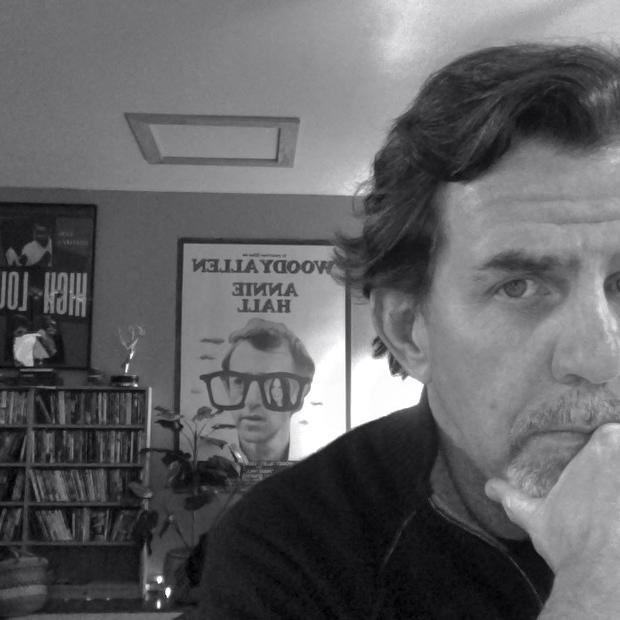My Last Year With the Nuns is local actor, comedian and sometime auctioneer Matt Smith’s cinematic re-staging of a one-man play that debuted here in 1997. Subtitled as the story of “a white 13-year-old boy in Seattle, Wash. in 1966” you might be tempted to ask, “Who cares?”
Smith might respond, “Guilty!” But that would be the Catholic part of him talking. Judging by the time frame of this film, Smith’s 8th grade year at venerable St. Joseph’s school, and the young Smith’s insouciance to religious proprieties, the actor’s Catholic influences seem to have been short-lived. His story here is not a memoir of faith, doubt, God, celibate priests or sadistic nuns, it’s about Matt’s rollicking boyhood adventures as a scamp on the cusp of adolescence.
Anyone living north of the Montlake Cut and south of Jackson street may still have a “who cares” reaction to Smith’s solipsistic monologue set entirely on Capitol Hill, but they’d be missing out on the energetic force of his performance. My Last Year With the Nuns is spirited and inventive, a hybrid that combines bits of Smith’s onstage one-man show with animated chapter headings, inserts of maps, and on-location reenactments featuring Smith talking directly to the camera, appearing in cutaways as other characters, donning a nun’s habit and talking a non-stop blue streak that is often funny, raunchy and expertly delivered. It’s impossible to deny Smith’s considerable appeal, which helps to smooth out some of the picture’s more tedious stretches.
As visualized by Seattle director Bret Fetzer, the movie is consistently fast on its feet, hopscotching from church pews to backyards to sidewalks to a particularly vivid forest ravine. In one scene Smith describes the newspaper shack he and his buddies hung out in, while in the background on a nondescript patch of grass, a crew of extras assemble the shack in fast-motion.
It’s the only time we see someone other than Smith on camera, which speaks to his confidence in holding our attention, and to the enjoyably scrappy low-budget-ness of the whole thing. The editing by Sean Donavan is especially brisk, matching Smith’s bullseye timing with flurries of close-ups and jump cuts.
At times the pace lags with one too many raunchy boys-will-be-boys stories, but Smith eventually touches on the deeper issues of Seattle’s racial divide in the mid-60’s. He recalls the redlining of neighborhoods, the illegal (but tacitly condoned) practice of housing segregation that marked territorial boundaries for the packs of kids, white and black, that roamed the neighborhoods.
This led to a key confrontation in Matt Smith’s young life, the climactic wake-up call of his eighth grade year. Without expressly saying so, he learned a complicated lesson about prejudice, loyalty and the wounds that even time may never heal.
If You Go: My Last Year With the Nuns plays January 9-15 at Northwest Film Forum.
Now Showing: My Last Year with the Nuns
A rollicking film about race, religion and the lines that divide us in a 1960s Capitol Hill boyhood.

Matt Smith in 'My Last Year With the Nuns'.
A rollicking film about race, religion and the lines that divide us in a 1960s Capitol Hill boyhood.


